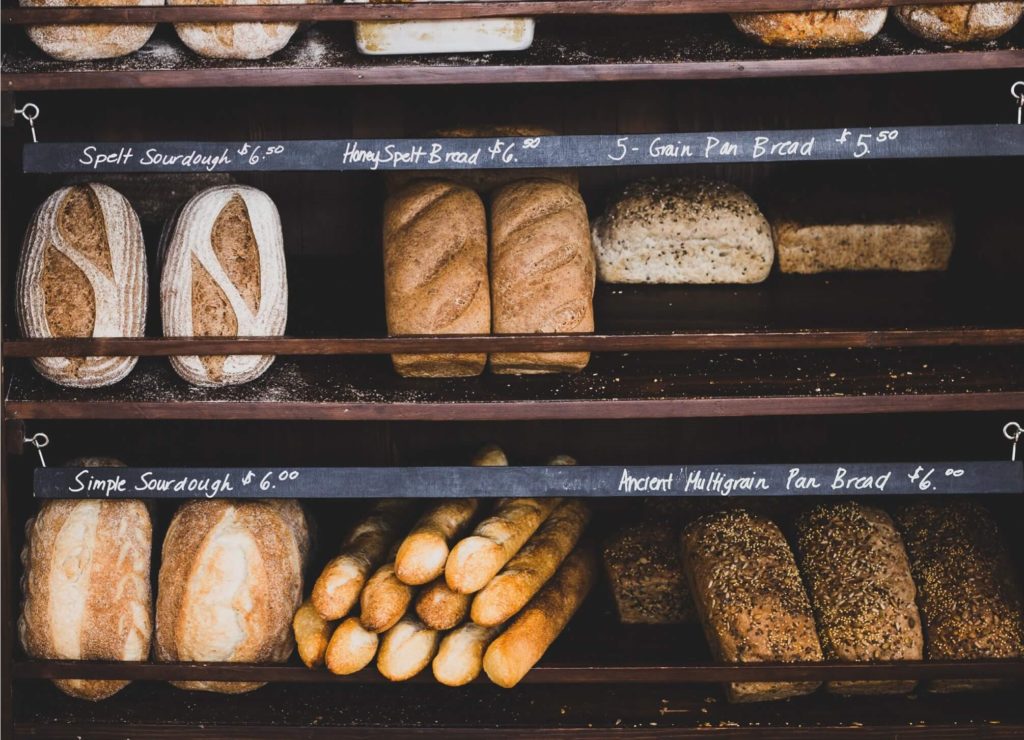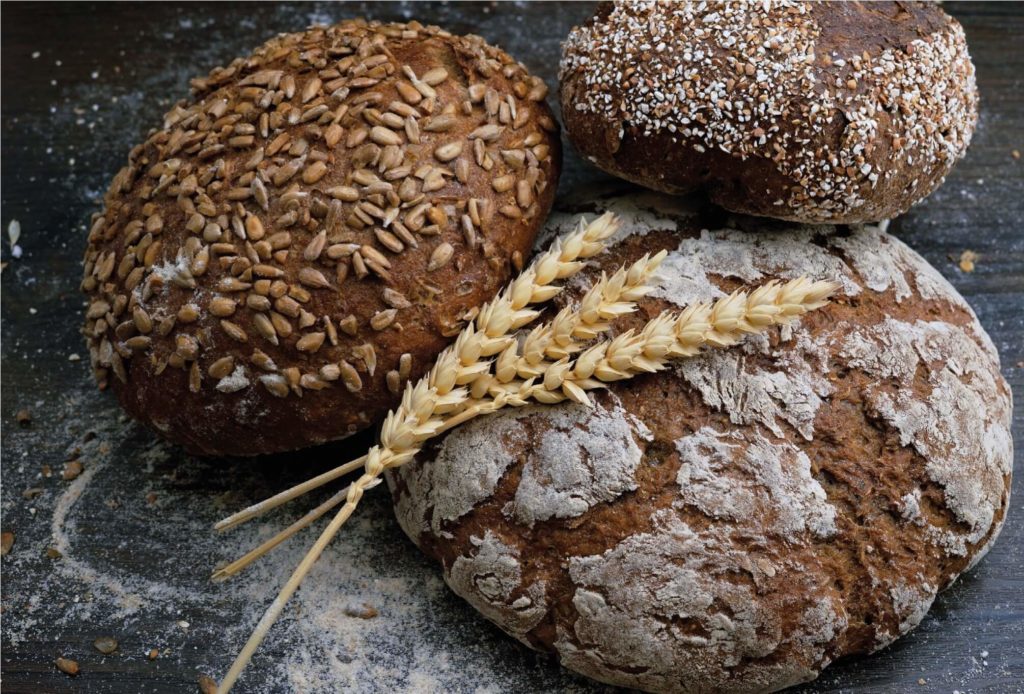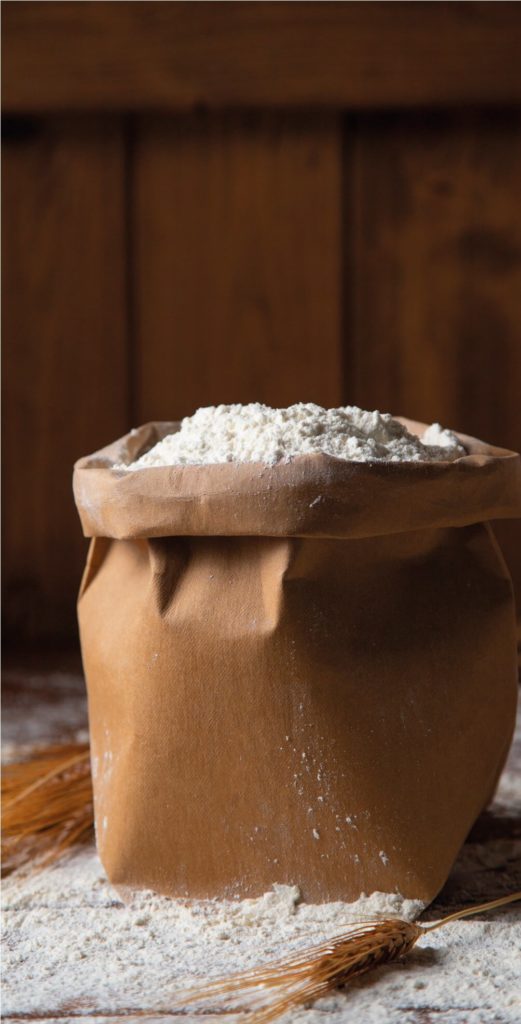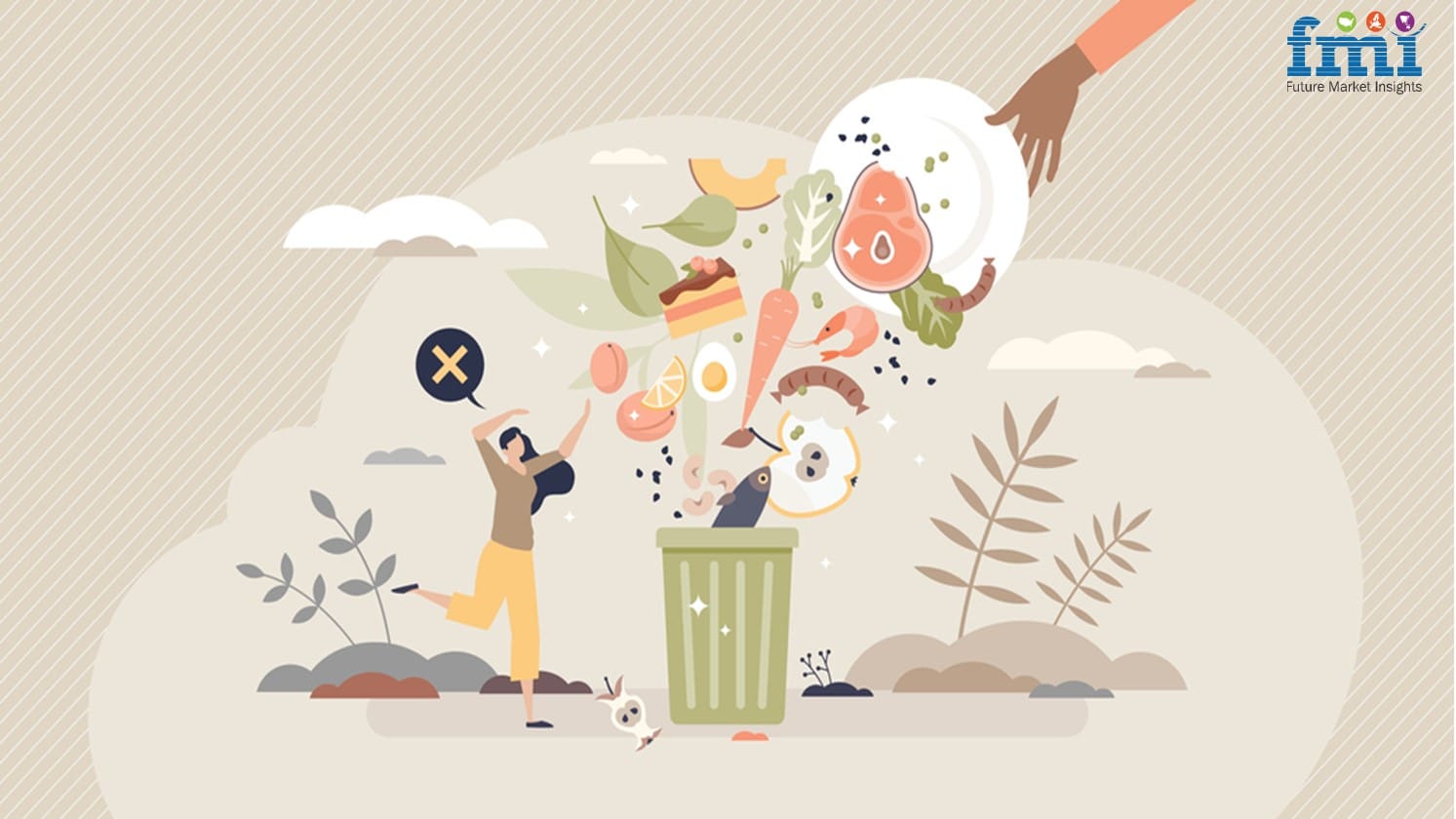Those who think that bread is a classic food incapable of making room for innovation must think again. Bread has always been a source of inspiration and a symbol of homey atmospheres. As lifestyles change, so do the demands placed on bread. Recent trends are clear: bold flavors, rediscovery of classic tastes, proteins, a touch of veganism, and an unmistakably sustainable approach.

If there’s a market that continues its relentless growth, it’s the bread market. According to estimates by IMARC Group, by 2027, it will reach a record figure of $612.4 billion, with an annual growth rate of +4%. Which companies will be able to stand out and respond to the ever-changing needs of consumers? Yes, it’s a valid question, because while bread might evoke images of a timeless classic, a closer look at the market reveals otherwise. Contexts change, consumption patterns change, family needs and lifestyles change.
Hence, bread must adapt accordingly. Today’s consumers want as much information as possible about what they’re about to put on their table, and their choices will depend on that information. The online portal World Bakers has revealed that two-thirds of Europeans (66%) wish to know the origin and production process of a product before purchasing it. While local and “Km0” trends remain favorites among bread enthusiasts, other trends are shaping the rules of the market. Good to know.
Healthy, Yet Exciting
Health and wellness are essential demands that will continue to play a significant role in the future. The results of the Ingredion study, “The Latest i2s Brief: Insights into Acceptance and Trial,” confirm this trend, with 42% of global consumers wanting to reduce sugar intake in their diets.
In the Asia-Pacific region, this number jumps to 87%, encompassing nearly the entire population. If “less sweetness” becomes a global trend, the market also shows a clear “less meat” movement, with a surge in plant-based and vegan products. Vegan plant-based items emerged as the fastest-growing trend in online media in 2022. This trend ties into the concept of sustainability (another well-known macrotrend), as plant-based diets have a positive impact on the environment.
In Asia, as explained by Foodingredientsfirst.com, the demand for certain categories of plant-based products and ingredients is predicted to increase by up to 200% in the next 5 years. Regarding health, Innova Market Insights 2021 reports that 45% of food customers use products primarily to boost their immune systems. Similarly, there’s a rising demand for proteins (sales with “protein” claims marked a +9% increase in 2022) and fiber, which represents the largest opportunity for the industry, as revealed during a BakingTech session by the American Society of Baking in Chicago.
Alongside protein-rich products, high-nutrient ingredients like ginger, turmeric, and citrus are also appreciated. As mentioned earlier: healthy, but also delicious and appealing. Indulgence is another trend not to be underestimated.
An increasing number of indulgent consumers are finding satisfaction in bakery products, turning the concept of dietary indulgence into a form of entertainment. Bright colors and bold flavors are appreciated: the product’s visual appeal matters more and more, and the commercial success of any offering depends on the right blend of color and taste.


Classics Towards the Future
Various studies, including Puratos’ Taste Tomorrow, confirm consumers’ preference for traditional flavors, the Mediterranean diet, and its positive impact on quality of life, as well as craftsmanship, where sourdough stands as a natural stronghold.
Authenticity and craftsmanship are thus key trends: consumers seek comfort and taste in traditional and authentic artisanal products. Consequently, sourdough finds a special place, occupying a privileged position between innovation and artisanal tradition, not only in bread but across all bakery products.
In Italy, as well as in France, sourdough is recognized and valued as part of local culture, capable of making products tastier, more digestible, and longerlasting, aligned with the fight against waste. Equally important is the concept of freshness: expectations lean toward freshly baked bread, always.
The trend of “fresh on demand” applies even to products to be prepared autonomously, such as frozen products to be heated or baked at home. While the trend of “classics” is continually growing, forecasts for the near future point to an integration of health, creativity, and sustainability, with a modern and surprising touch that opens the door to hybrid mixes catering to novelty enthusiasts.
Green is Good
A final, significant trend, not new, is sustainability, which has become an increasingly fundamental driver (according to Nomisma data) for Italians, who prefer environmentally-conscious products throughout the production chain.

In this regard, 79% of the sample is willing to buy more from bakeries because they believe they can find natural ingredients there (natural and organic are quality and health indicators for Italians). Ingredient sourcing, production processes, and the distances a product must cover to reach the shelf are all crucial considerations for buyers.
However, packaging also plays a crucial role, as well as the environmental impact at the end of a product’s life cycle. Waste, both related to packaging and food, is a concern for European consumers: three out of four (75%) are trying to buy only products sold in sustainable packaging, 6 out of 10 show interest in zero waste foods, and more than a third (37%) look for foods and products made with recycled ingredients, as shown by data published on the online portal World Bakers.
Consumer drive towards the purchase of organic foods, locally produced items, and those with sustainability branding extends to packaging. This results not only from an environmentally respectful consumer decision-making process but also from numerous perceived benefits for health and well-being.
This virtuous circle concludes by depicting bakery sector consumers as well-informed, attentive, and aware. A clear framework is forming, indicating a preference for companies that prioritize maximum transparency.




